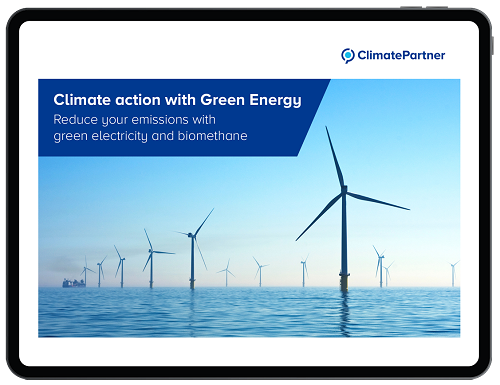
Renewable Energy Certificates (RECs) explained
What are Renewable Energy Certificates?
Renewable Energy Certificates (RECs), also known as Tradeable Renewable Certificates (TRCs) and green tags, represent proof that 1 megawatt-hour (MWh) of electricity was generated from renewable sources and fed into the power grid. These certificates are a key mechanism in promoting renewable energy adoption and reducing reliance on fossil fuels in the United States and Canada.
How do Renewable Energy Certificates work?
When a renewable energy facility generates electricity, it produces two outputs: the physical electricity and the environmental attributes of that electricity, captured as RECs. These certificates are tradable and non-tangible, allowing businesses, individuals, and utilities to support renewable energy even if they cannot directly access it.
RECs are the North American equivalent of Energy Attribute Certificates (EACs); Europe uses Guarantees of Origin (GOs) while countries in Asia, Latin America, and Africa use International Renewable Energy Certificates (I-RECs) and Tradable Instruments for Global Renewables (TIGRs).
Certifying and tracking RECs
The REC system, like other EAC systems, functions as follows:
- A renewable energy producer generates 1 MWh of power and requests an REC from an issuer.
- This certificate includes details about the energy's attributes, such as the time and date of energy production, location of the power plant, and type of technology (solar, wind, hydro, biomass, geothermal).
- RECs can be traded among market participants and sold to end-users.
- The end-user cancels the REC in a registry to prevent double counting, allowing them to claim consumption of the corresponding energy unit.
To ensure the integrity of RECs, they undergo certification and tracking. Programs like Green-e Energy verify the authenticity of RECs through third-party audits. Additionally, regional tracking systems such as WREGIS and ERCOT assign unique IDs to each REC, preventing double counting and maintaining accountability.
Renewable energy certificates market
REC markets are regulated at the state level, with each state setting its own compliance and voluntary market rules, resulting in varying levels of regulation. In the United States, the Renewable Portfolio Standard (RPS) is a regulation mandating increased energy production from renewable sources. It is currently implemented in 38 states, including Massachusetts and California. At the federal level, this is known as the Renewable Electricity Standard (RES).
Utilities in states with RPS mechanisms are required to sell a specified amount of renewable electricity to their customers. RECs can also be sold on a voluntary basis, which is known as regulatory surplus.
Guide: Climate action with Green EnergyWould you like to understand the green energy options for your company? Download our free e-book to learn more. |  | |
| Download now |
Benefits of RECs
Consumers play an important role in driving renewable energy growth through their energy choices. Energy attribute systems give consumers the option to select renewable energy and encourage corporate accountability, with civil society exerting pressure on consumers to support the energy transition.
- Flexibility: Utilities can meet RPS requirements without building new infrastructure.
- Incentives: The revenue from REC sales supports the development of renewable energy projects.
- Accessibility: Businesses and individuals can support renewable energy regardless of their location.
- Simplicity: Purchasing RECs does not require a change of utility provider.
- Sustainability: Reliable claims of renewable energy use, such as "100% renewable electricity consumption," are essential for fostering trust and empowering consumers to drive the transition. Verification standards were established to ensure the credibility of these claims and prevent misrepresentation.
Get your company on 100% renewable electricity with ClimatePartner
Through ClimatePartner’s renewable energy services, companies can develop procurement strategies that include sourcing, purchasing, and cancelling EACs in every global market. ClimatePartner also supports companies in disclosing scope 1 and scope 2 emissions footprints in line with international standards (SBTi, CDP, RE100, etc.).
If you are interested in an introductory meeting about renewable energy products or need specific support, our Renewable Energy Services Team looks forward to hearing from you.